Hello, my name is Yoshitaka. My name is Yoshitaka and I am posting here.
Sorry for my sudden appearance. I am a male, 162cm tall, small in stature and weak in muscle strength, so I have settled on a 30” short scale bass after several trial and errors. It’s easier to finger when playing octaves, etc., and the weight is much lighter and easier to handle than, for example, an ash jazz bass (I know it sounds good, but it’s not a jazz bass).In this post, I would like to introduce my favorite short scale bass, which is a little bit nerdy as a bassist.
1. Famous Short-Scale Basses
Probably the most famous short-scale bass is the Fender Mustang Bass. We wrote an article about it in 2020, so if you are interested, please refer to it first.
The Appeal of the Mustang Bass
The other two basses are the Gibson SG Bass and the Hofner Violin Bass, which was made famous by Paul McCartney. Since there are many articles, videos, and performance scenes of these basses, I will introduce some other nerdy equipment in this article. After many twists and turns, it is now my favorite piece of equipment, so I will not only introduce the product but also give you my personal review of it.
2. G&L Tribute Series FALLOUT Short scale BASS

G&L's short-scale bass FALLOUT is reminiscent of Mustang and is equipped with humbucking pickups.
The Tribute is made in Indonesia, but the hardware is made in the USA. The pickups are very powerful and produce a fat sound that is not typical of the small size of this instrument.
You can select “Parallel” (humbucker-like), “Sprit” (rear coil only), or “OMG (Oh My God)” (series connected). I personally prefer the OMG sound. Personally, I feel that it has the most solid core, so this is my main setting.
G&L Tribute series guitars, including Strat guitars, are sometimes made of different woods depending on the year it was manufactured.
It may not be an instrument you see very often, but I think it fits well with rock and other forms of root playing and bottom support.
It doesn’t have the string back-threading found on the Fender Mustang (USA,JAPAN), but the tension is firm and comfortable. The weight is a little heavy for a small basswood guitar, 4.07kg for me, which may be due to the fact that G&L guitars and basses use very solid metal parts for bridges and so on.
The gig bag attached to the bass is very solid.
3.GrassRoots G-AC-BASS
The G-AC-BASS is an acoustic bass from GrassRoots, ESP's middle entry brand.
The G-AC-BASS is a 50mm-thick ultra-thin body acoustic bass made of hollowed out mahogany veneer. Although it is considered to be an acoustic bass, it’s not a piezo bass, but a model equipped with a 1-Vol 1-Tone single coil pickup.
It may be an entry grade in its price range, but there are probably no rivals for this equipment, so it is useful as being a one-and-only bass. It is different from piezo-equipped acoustic basses and electric upright basses in that it is small (753mm scale, slightly shorter than 30") and ultra-lightweight due to its hollowed-out body. It is so light that it is hard to believe that it is a bass (2.07 kg on my own), so you can easily pick it up and play it with ease.
This ESP-designed instrument has been designed with considerable ingenuity for playability. A finger rest is provided on the underside of the sound hole, and even though it is not a solid body, the strings are threaded through the back and the head angle is slightly angled to secure the tension of the strings, which tend to be loose. The low string height makes it easy to play, and the moderate raw sound makes it perfect for practicing without an amplifier.
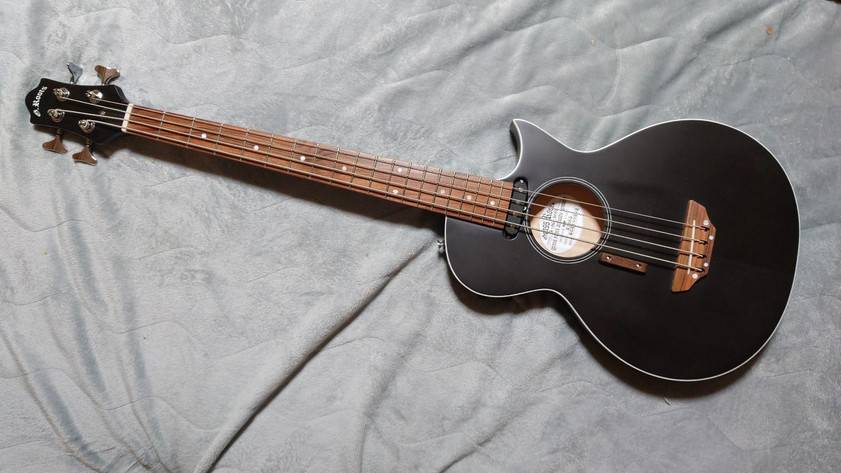
ESP also offers a fretless version that’s made to order (G-AC-BASS-FL). This may be the only short scale fretless guitar available, except for individual custom orders.
As a home recording device, I use it for folk songs, bossa nova, and other acoustic guitar-arranged music, but I still feel that the acoustic feel is lacking if I use the mixer directly from the instrument. Therefore, I use the L.R. Baggs Para Acoustic DI for recording. Personally, I think the cost-efficiency ratio of this equipment is quite high, but because of its ultra-light weight, the head drops out during a standing performance. Of course, it works fine in a seated setting. I recommended this instrument to a bassist who wants to try bass guitar as well. However, please note that the live sound is not loud enough to be used in an unplugged setting.
[Reference] When looking for this product on the ESP website, it is not in the BASSES category of GrassRoots, but it’s in the GUITARS category G-AC (as of 2022.4.8). I don't think that the fact that it’s veneer is mentioned in the G-AC guitar series, but this one is described as a “hollowed- out veneer”. I don't think G-AC guitars have veneer listed. I feel like the amount of wood is more bass, so I feel like I'm getting a good deal.
4. Ibanez EHB1000S-Headless Bass
A globally rare (maybe unique) headless short-scale bass, introduced by Ibanez in 2021 and currently coming out of the catalog. This piece of equipment is likely to have a particularly short sales period, even though Ibanez Workshop sometimes sells anniversary and special editions. I think it is rare to find one on the used market, so if you are interested, the sooner the better (Sound House has it in stock as of 2022.4.8).
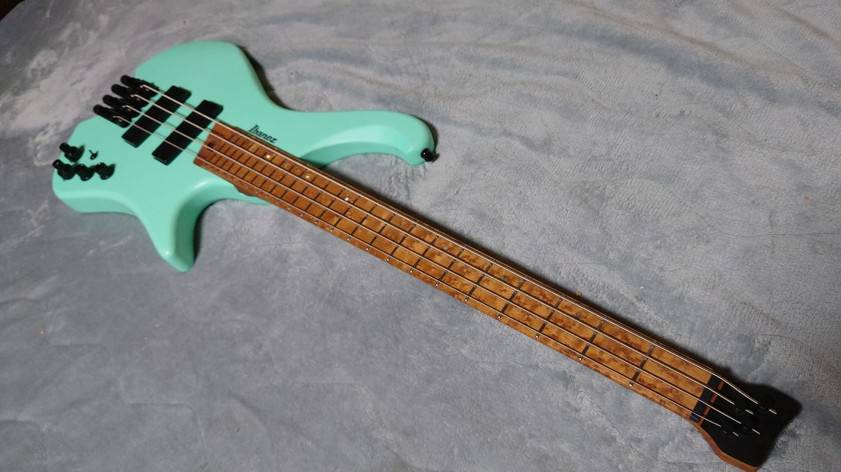
Ibanez is dominating the headless market with its Q series of electric guitars that was released in fall 2021. As for basses, I think it’s from 2020, a little earlier than that, but it seems that various models have been released in the last two years: short scale and normal scale for the 4-string, multiscale (fan frets) and even higher-end models for the 5- and 6-string, etc. Currently, the variations seem to be getting sorted out, and I think they are moving toward multiscale multi-string.
Ibanez EHB series. Of course, it has no head, a small body, and is lightweight due to the use of a chambered (hollow) body. This instrument is a short-scale, so it is even lighter (3.12kg on my own).
On the other hand, due to its headless construction, it’s not possible to use a head angle or back-threading to increase string tension, so it lacks a sense of tension. Nevertheless, due to the performance and functionality of the active pickups, I personally felt that this guitar can handle more technical techniques such as slapping and tapping than the two instruments introduced above (please note that this guitar is not as technically advanced as the other two). The scale seems shorter than that of the Mustang, partly due to the compact body. It may be a matter of getting used to it. While the tension is not as high, fingering is easier, and octave techniques are easier to play than on other basses. I would have preferred a more subdued color variation, but perhaps the target audience is young female bassists. It is certainly one of the easiest basses to play.
I appreciate that the pickups can be passive as well as active, and I think it is an easy-to-play instrument. The active pickups in particular have a fairly wide range of adjustment, so you can simply play using the passive pickups for Vol and Tone, and use a mixer or amp equalizer to adjust the rest of the pickups. The only thing I am concerned about is that the cable locking system is difficult to use. The Headless is a lightweight equipment, but the head doesn’t fall off due to its structure, so it’s well-balanced for both seated and standing performances. I think it is an excellent choice for live stage use.
5. Last But Not Least
Short-scale basses are one of those instruments that are suddenly discontinued even by major makers even after being included in their catalog lineups.
If you are interested, it may be a good idea to buy one as soon as possible. If you are interested in a short scale bass, it may be a good idea to purchase one as soon as possible.
When I play the bass while looking at the music (without looking at the fretboard), it is easier for me to play with a unified scale, so after some trial and error, I only play on a short-scale. To be honest, I think the best all-rounder is the Fender Mustang, but I gave it up for various reasons, and I use the three basses I introduced here for home recording and Instagram collaborations (I plan to resume playing in a band once Covid settles down). I hope you can learn a little bit about the world of small and lightweight basses.
That's all.
Thank you for your patience.
The “sound & person” column is made up of contributions from you.
For details about contributing, click here.






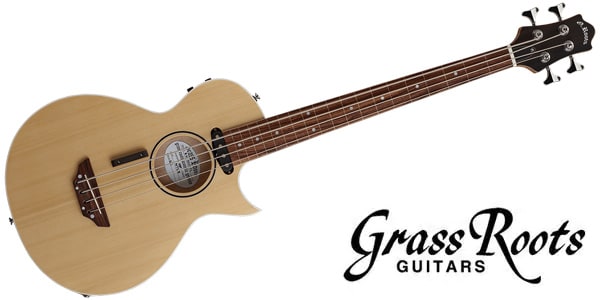
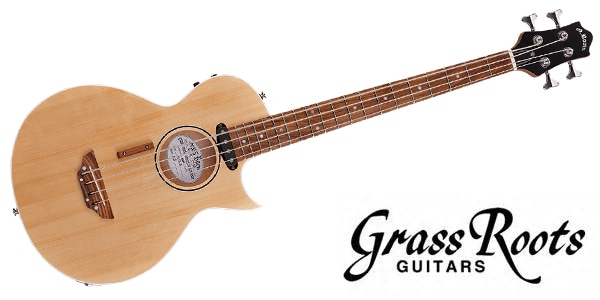
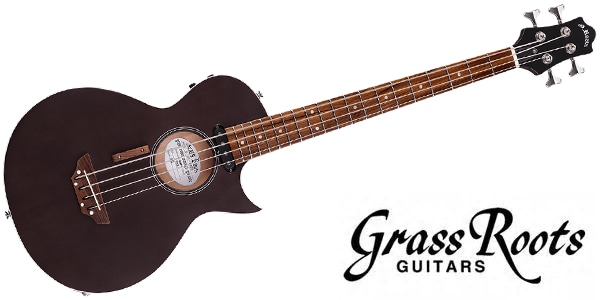





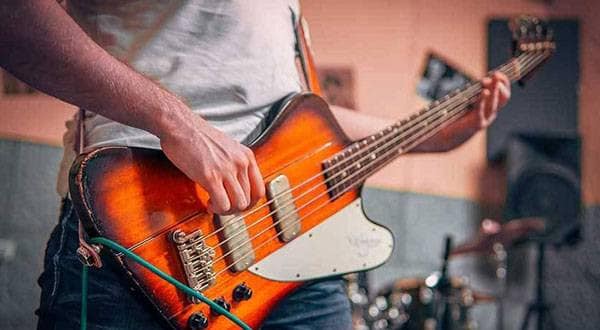
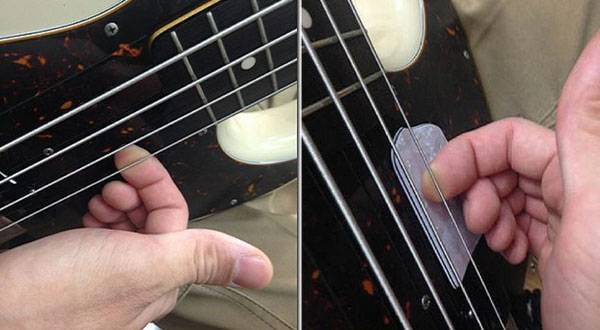
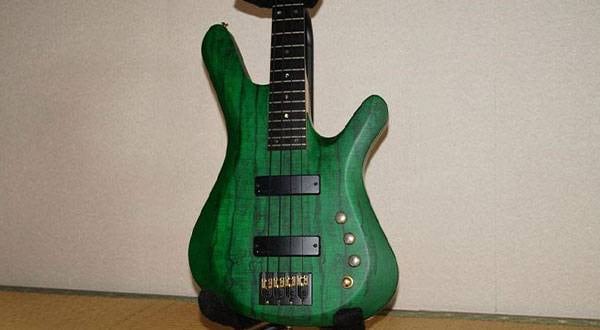
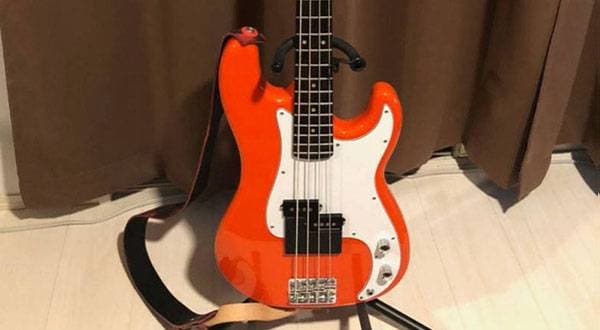
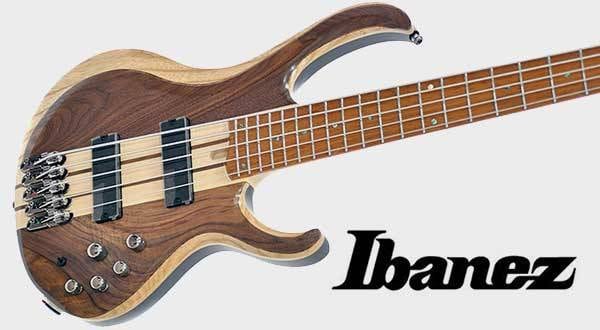
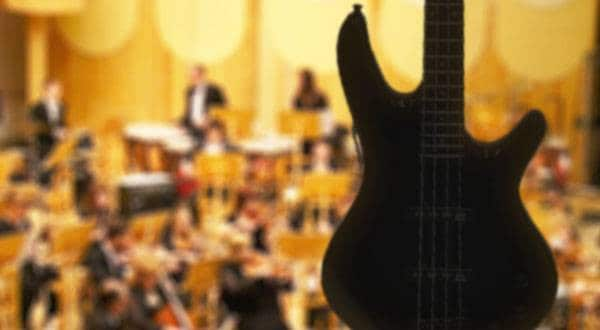
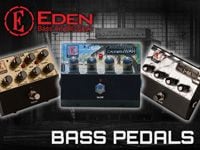 超コンパクトなEDENのベースペダルシリーズ
超コンパクトなEDENのベースペダルシリーズ
 基礎から学ぶベースレッスン
基礎から学ぶベースレッスン
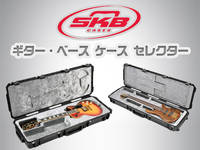 SKB ギター・ベースケースセレクター
SKB ギター・ベースケースセレクター
 ベースのクリーニング方法
ベースのクリーニング方法
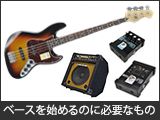 ベースを始めるのに必要なものは?
ベースを始めるのに必要なものは?















